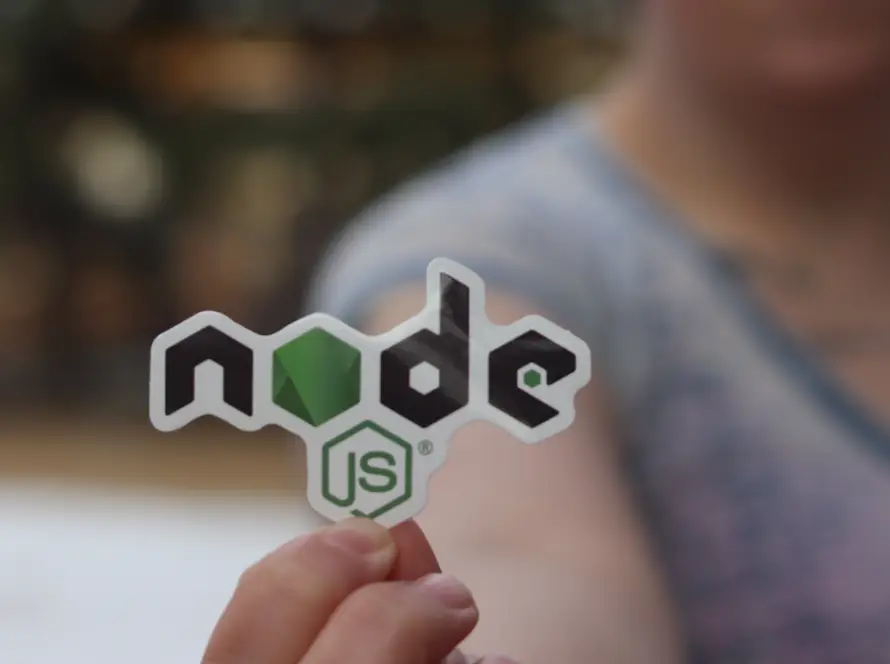Generated by Contentify AI
- Introduction
- Overview of NoSQL Databases and Node.js
- Benefits of Using NoSQL Databases with Node.js
- Challenges and Solutions in Integrating NoSQL with Node.js
- Best Practices for Integrating NoSQL Databases with Node.js
- Conclusion

Introduction
Node.js has become a popular platform for building scalable and efficient server-side applications. With its non-blocking I/O and event-driven architecture, Node.js is well-suited for handling large volumes of data. NoSQL databases, on the other hand, offer flexibility and scalability, making them a great choice for modern applications. Integrating NoSQL databases with Node.js can provide several benefits, but it also comes with its own set of challenges. In this article, we will explore the process of integrating NoSQL databases with Node.js, the benefits it offers, the challenges that may arise, and best practices to overcome them.
Overview of NoSQL Databases and Node.js
Node.js has gained popularity as a powerful platform for building server-side applications due to its non-blocking I/O and event-driven architecture. NoSQL databases, such as MongoDB and Cassandra, offer flexibility and scalability, making them a suitable choice for modern applications. When integrating NoSQL databases with Node.js, developers can take advantage of the asynchronous nature of Node.js to efficiently handle large volumes of data. This combination allows for seamless integration of NoSQL databases with Node.js, enabling developers to build high-performance and scalable applications.
Benefits of Using NoSQL Databases with Node.js
By integrating NoSQL databases with Node.js, developers can leverage the benefits of both technologies to build efficient and scalable applications. Node.js’s non-blocking I/O makes it well-suited for handling large volumes of data, while NoSQL databases offer flexibility and scalability. This combination allows for seamless integration, enabling developers to take advantage of the asynchronous nature of Node.js to efficiently handle data operations. As a result, applications can benefit from improved performance, scalability, and the ability to adapt to changing data requirements.
Challenges and Solutions in Integrating NoSQL with Node.js
When integrating NoSQL databases with Node.js, developers may encounter challenges such as handling asynchronous operations, managing data modeling differences, and ensuring security. One common challenge is managing the asynchronous nature of Node.js with the data retrieval and manipulation in NoSQL databases. This can lead to callback hell and complex code structures. However, using promises or async/await can help simplify asynchronous code and make it more manageable.
Another challenge is dealing with the differences in data modeling between NoSQL databases and Node.js. NoSQL databases lack a standard schema, which can make it challenging to ensure data consistency and integrity. However, by defining clear data access layers and using object-document mappers (ODM) or object-relational mappers (ORM) for NoSQL databases, developers can mitigate these challenges and ensure a consistent data model.
Security is also a critical concern when integrating NoSQL databases with Node.js. Developers need to address vulnerabilities such as injection attacks and data exposure. By implementing proper input validation, using parameterized queries, and enforcing access control, developers can enhance the security of their applications.
In conclusion, while integrating NoSQL databases with Node.js presents challenges, developers can overcome them by leveraging best practices such as using promises or async/await for asynchronous operations, defining clear data access layers, and addressing security concerns. By carefully addressing these challenges, developers can harness the benefits of both technologies and build robust, high-performance applications.
Best Practices for Integrating NoSQL Databases with Node.js
When integrating NoSQL databases with Node.js, developers should consider several best practices to ensure a seamless and efficient integration. One crucial practice is to use asynchronous programming effectively, leveraging features like promises, async/await, or callback functions to handle non-blocking I/O operations. Additionally, defining clear data access layers and utilizing object-document mappers (ODM) or object-relational mappers (ORM) for NoSQL databases can help address data modeling differences and ensure a consistent data structure. Proper implementation of security measures, such as input validation, parameterized queries, and access control, is also essential to mitigate security vulnerabilities. By adhering to these best practices, developers can optimize the integration of NoSQL databases with Node.js, leading to robust and scalable applications.
Conclusion
When integrating NoSQL databases with Node.js, developers should consider several best practices to ensure a seamless and efficient integration. One crucial practice is to use asynchronous programming effectively, leveraging features like promises, async/await, or callback functions to handle non-blocking I/O operations. Additionally, defining clear data access layers and utilizing object-document mappers (ODM) or object-relational mappers (ORM) for NoSQL databases can help address data modeling differences and ensure a consistent data structure. Proper implementation of security measures, such as input validation, parameterized queries, and access control, is also essential to mitigate security vulnerabilities. By adhering to these best practices, developers can optimize the integration of NoSQL databases with Node.js, leading to robust and scalable applications.
Key Takeaways
- NoSQL databases provide flexibility and scalability for handling unstructured data
- Node.js is well-suited for integrating with NoSQL databases due to its asynchronous and non-blocking nature
- Choosing the right NoSQL database for Node.js integration depends on the specific use case and requirements of the application



